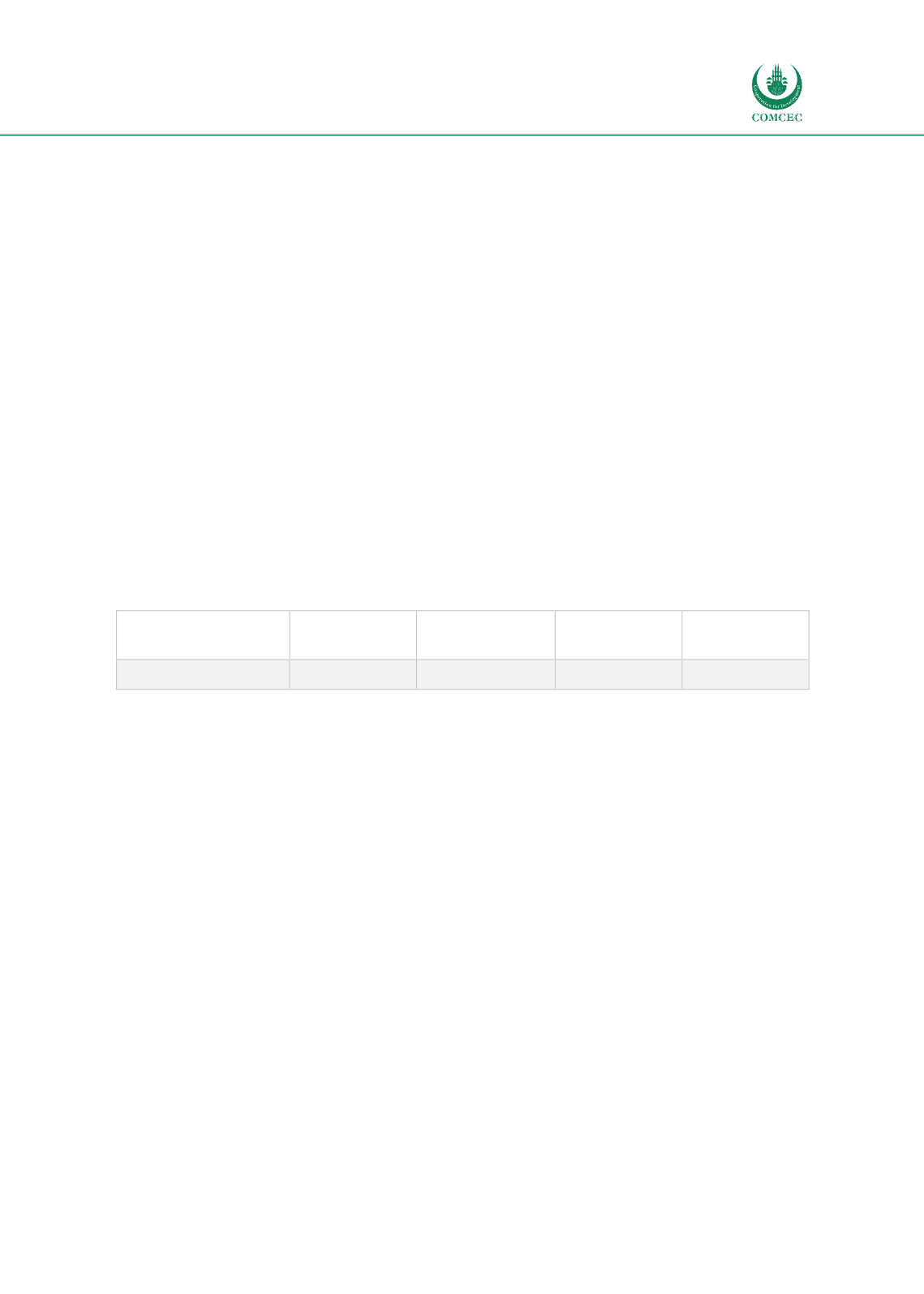

Improving Customs Transit Systems
In the Islamic Countries
145
4.2
CTR in the Republic of Senegal
This Case study summarizes the findings of the review of the Senegalese Customs (SC) CTR. The
objective of the report was to assess the CTR according to the Study Benchmark Indicators. As
such this looks at the legal framework for the transit regime and the actual operational processes
and practices with the aim to identify challenges to its functioning and benefits to traders,
transport companies, and neighboring countries.
4.2.1
The volume of Transit Goods Transiting through Senegal
Senegal has four ports - Dakar Kaolack, Ziguinchor, and Saint-Louis. In the Port of Dakar
manages more than 90%or the equivalent of 12million tons of Senegalese overseas trade (2017
statistics). 60% of the trade is destined for import, 16% for export, 15 % represents transit and
transshipment 6%. The other three ports are mainly specialized in the export of commodities
such as groundnuts, mangoes, shrimps and other tropical products.
The Port of Dakar is a key transit place for goods destined to or coming fromMali, but also serves
as an entry and exit gate for other neighboring countries, such as Guinea Bissau, the Gambia, and
Mauritania
. Table 52presents the statistics for the transit from PAD in 2017:
Table 52: Transit Statistics PAD in 2017
PAD transit
Transit
from/for Mali
Transit to
Guinea Bissau
Transit to The
Gambia
Transit to
Mauritania
2,280,004 tons
2,231,992 tons
18,702 tons
15,174 tons
14,136 tons
Source: Dakar Port Authority
In 2018, Senegalese Customs and Mali Customs signed a Customs Cooperation Protocol related
to the flow of goods in transit from Senegal destined to Mali. The Protocol defines the exchange
of customs information, interconnectivity and the evaluation of the process for the creation of
the Moussala joint customs control point. This resulted in faster freight transport on the Dakar
- Bamako corridor with the reduction of control points based on a single customs document.
The importance of the Port of Dakar for trade into and from Mali is reflected in Mali´s import
and export statistics. 70% of the containerized trade 60% of non-containerized trade traffics
through the Port of Dakar. Within the Port infrastructure there is a dedicated space to manage
transit traffic to Mali, the Mole 3, where the Malian Warehouses in Senegal is located. The dry
port - Malian warehouses in Senegal are managed by Association of Malian Warehouse
Representatives in Senegal (EMASE).
The dry port or EMASE is allocated for consignments and the advantagewith regards to handling
full and empty containers (and de-stuffing which is crucial given that Malians are known for
mixed consignments), short-term and long-term storage, and handling of administrative
















